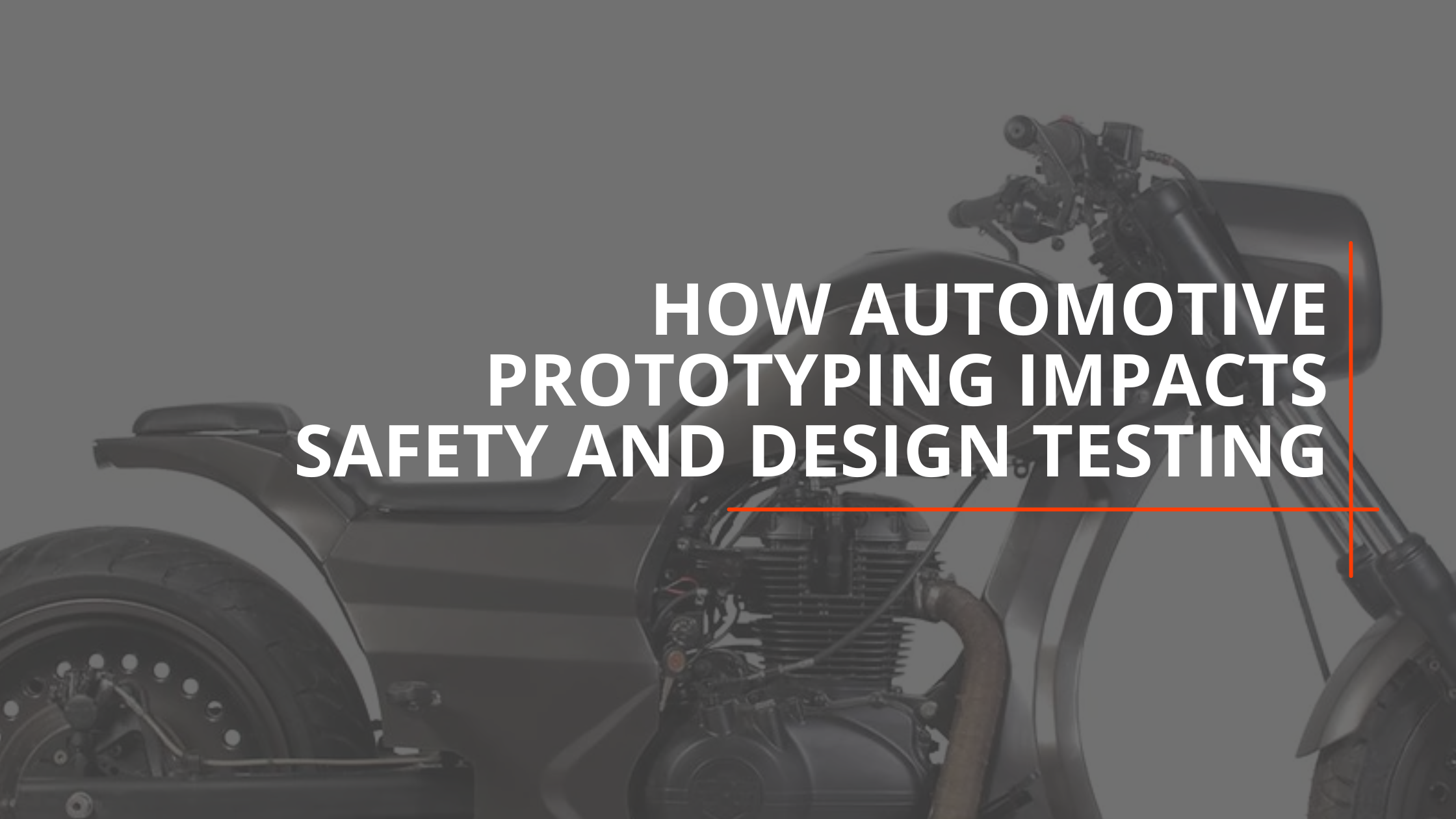In the automotive industry, innovation is the driving force behind creating safer, more efficient, and more appealing vehicles. However, the journey from a conceptual design to a road-ready car involves numerous stages of testing and refinement. One of the most critical steps in this process is automotive Prototyping. By enabling engineers to validate designs, test for safety and performance, and incorporate customer feedback, prototyping ensures vehicles meet the high standards demanded by both consumers and regulators. This blog explores how automotive prototyping impacts safety and design testing, highlighting its essential role in refining parts and shaping the vehicles of tomorrow.
1. Prototyping and Safety Validation
Safety is a cornerstone of automotive design, and prototypes play a pivotal role in ensuring vehicles are as safe as possible. Before a car reaches production, it must undergo rigorous safety testing, including crash simulations, impact resistance, and system reliability. Prototypes provide the physical platform on which these tests are conducted.
Crash Testing Prototypes
Automotive prototypes are subjected to controlled crash tests to evaluate the structural integrity of the vehicle and the performance of safety features such as airbags, seat belts, and crumple zones. These tests provide invaluable data on how a car responds during collisions, allowing engineers to identify and address potential vulnerabilities.
Prototypes are often equipped with sensors and cameras to capture detailed information about force distribution, passenger protection, and damage patterns. This feedback is used to refine the vehicle’s structure, materials, and safety systems, ensuring compliance with industry standards such as NCAP (New Car Assessment Program) ratings.
System Testing
Modern vehicles are equipped with advanced safety technologies like automatic emergency braking (AEB), lane-keeping assistance, and adaptive cruise control. Prototyping allows these systems to be thoroughly tested in real-world conditions. Engineers can simulate various scenarios to ensure the systems function reliably and consistently, reducing the risk of accidents.
2. Enhancing Performance Evaluations
Beyond safety, automotive prototyping is vital for assessing a vehicle’s overall performance, including handling, aerodynamics, and fuel efficiency. Prototypes enable engineers to test and fine-tune these aspects in real-world conditions, bridging the gap between design theory and practical application.
Aerodynamics and Wind Tunnel Testing
Prototypes are often tested in wind tunnels to evaluate their aerodynamic properties. These tests measure factors like drag, lift, and airflow efficiency, helping engineers optimize the vehicle’s shape for better fuel economy and stability. For instance, subtle adjustments to the design of mirrors, grilles, or rooflines can significantly improve performance without compromising aesthetics.
Powertrain and Drivetrain Testing
Whether it’s an internal combustion engine, hybrid system, or fully electric powertrain, prototyping allows engineers to test drivetrain components under various operating conditions. By using functional prototypes, they can evaluate factors like acceleration, braking, torque distribution, and battery efficiency, ensuring the vehicle meets performance benchmarks.
Durability Testing
Prototypes are also subjected to extensive durability tests to simulate years of wear and tear. These tests include driving over rough terrain, extreme weather exposure, and long-distance travel, ensuring that every component of the vehicle can withstand real-world challenges.
3. Refining Designs Through Customer Feedback
Customer feedback is a crucial part of automotive design, and prototypes serve as a tangible medium for gathering insights. Manufacturers often create pre-production prototypes to showcase to focus groups, dealers, or automotive enthusiasts, allowing them to provide input on aesthetics, comfort, and usability.
Interior and User Experience Testing
Prototypes enable engineers to test the layout and functionality of a vehicle’s interior. By inviting users to interact with elements like seating, dashboard controls, and infotainment systems, manufacturers can identify pain points and make necessary adjustments.
For example, if a focus group finds the placement of a touchscreen awkward or the legroom insufficient, designers can modify these aspects before moving to full-scale production.
Aesthetic and Design Validation
Prototypes also allow for the evaluation of a vehicle’s exterior design. Feedback from customers and industry experts can help refine details like paint finishes, lighting configurations, and body styling, ensuring the final product appeals to its target audience.
4. Meeting Rigorous Industry Standards
Automotive standards are among the most stringent in any industry, covering everything from emissions and fuel efficiency to crashworthiness and occupant protection. Prototyping is integral to ensuring compliance with these regulations.
Regulatory Testing
Prototypes undergo a battery of regulatory tests to meet local and international standards. These tests include emissions evaluations, crash certifications, and environmental impact assessments. By using prototypes, manufacturers can address compliance issues early, avoiding costly recalls or delays during production.
Quality Assurance
Prototyping also helps maintain consistency and quality. Engineers can test assembly processes and materials to identify any potential flaws. By addressing these issues during the prototyping stage, manufacturers can avoid defects in the final product.
Conclusion
Automotive Prototyping is a cornerstone of modern vehicle development, bridging the gap between design and production. By validating safety features, refining performance, and incorporating customer feedback, prototypes ensure vehicles meet rigorous industry standards while exceeding consumer expectations.
As automotive technology continues to evolve, prototyping will remain essential for innovation, enabling manufacturers to test and refine new ideas with precision. From crash testing to aerodynamic evaluations, prototypes provide the critical insights needed to create vehicles that are not only safe and efficient but also exciting and desirable. In this way, automotive prototyping shapes the future of transportation, ensuring that every new car on the road is a testament to innovation and excellence.
